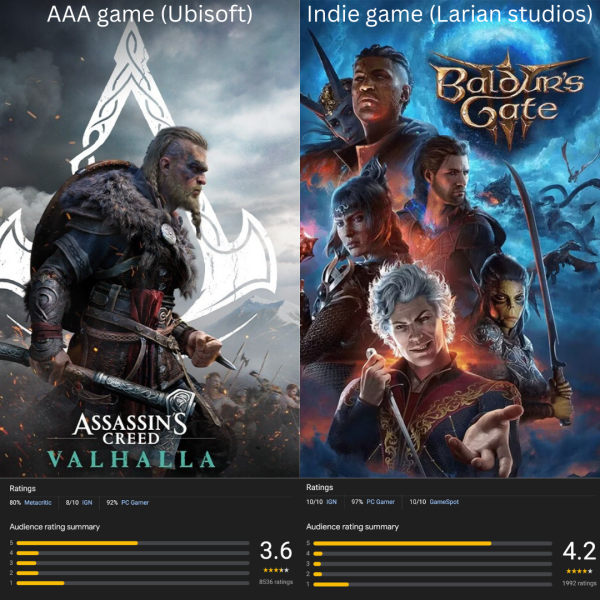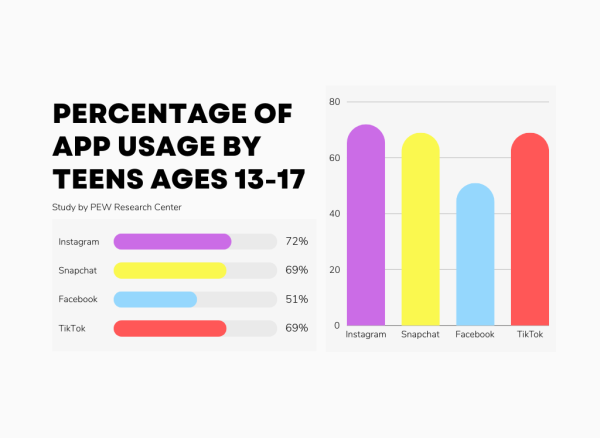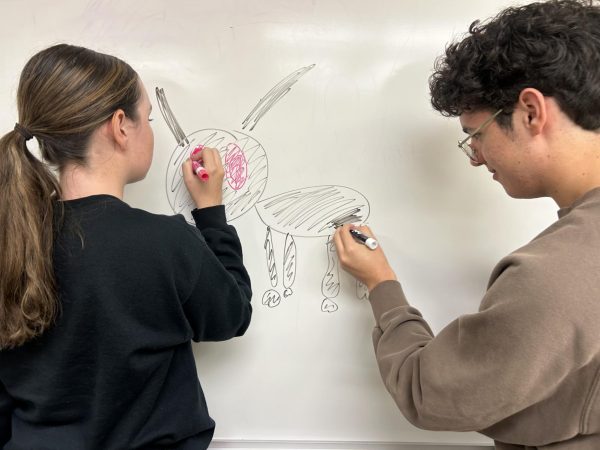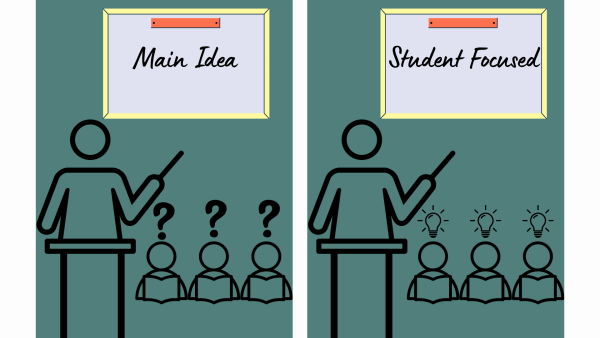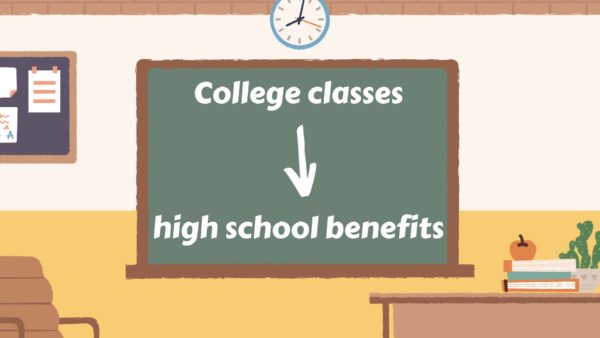Daylight Saving Time comes to a close
Daylight saving time (DST), which began March 11 and ended November fourth, marked the end of the 100th annual DST observation in America. Sunday morning, most of the nation, except for Hawaii and most of Arizona, fell back an hour and gained an hour of morning sunlight as DST came to a close.
First used as a way to preserve energy and fuel in Ontario, Canada in 1908, DST has been observed every year since and has been observed in many other countries including Europe and Brazil and has many positive outcomes. As I see it, DST is better for America and the rest of the world
Most see daylight saving time as a bad thing due to loss of sleep and lower ability to focus at work and school, but the truth is that it is better for the economy. Earlier daylight means more people shopping after work, increasing retail sales, and more people driving, increasing gas and snacks sales for eight months of the year (the time we spend in DST).
In addition, it also promotes safety. Longer daylight hours make driving safer, lower car accident rates, lower the risk of cars hitting pedestrians and makes it safer for joggers, people walking dogs after work, and children playing outside, dropping pedestrian fatalities by 13 percent. It even helps to lower criminal activity and robbery rates about 7 percent overall.
It lastly promotes activity. Earlier sun means higher chances of someone going outside whether to exercise, going for a jog, mowing the yard or going to the park with their children. Sleep is also encouraged due to the earlier sunset.
For me, DST is helpful to my lifestyle, allowing me to see in the morning when I come to school due to the earlier sunrise. My advice for those who wake up groggy due to lack of sleep, I would prefer going to sleep an hour earlier.
No matter which side you are on, DST is a good thing and It should continue going until the end of time.

Jonathan Doss (10), a first year member of the 2018-19 Newspaper staff, enjoys writing stories about the here and the now at AHS. His enjoyment for reading...




